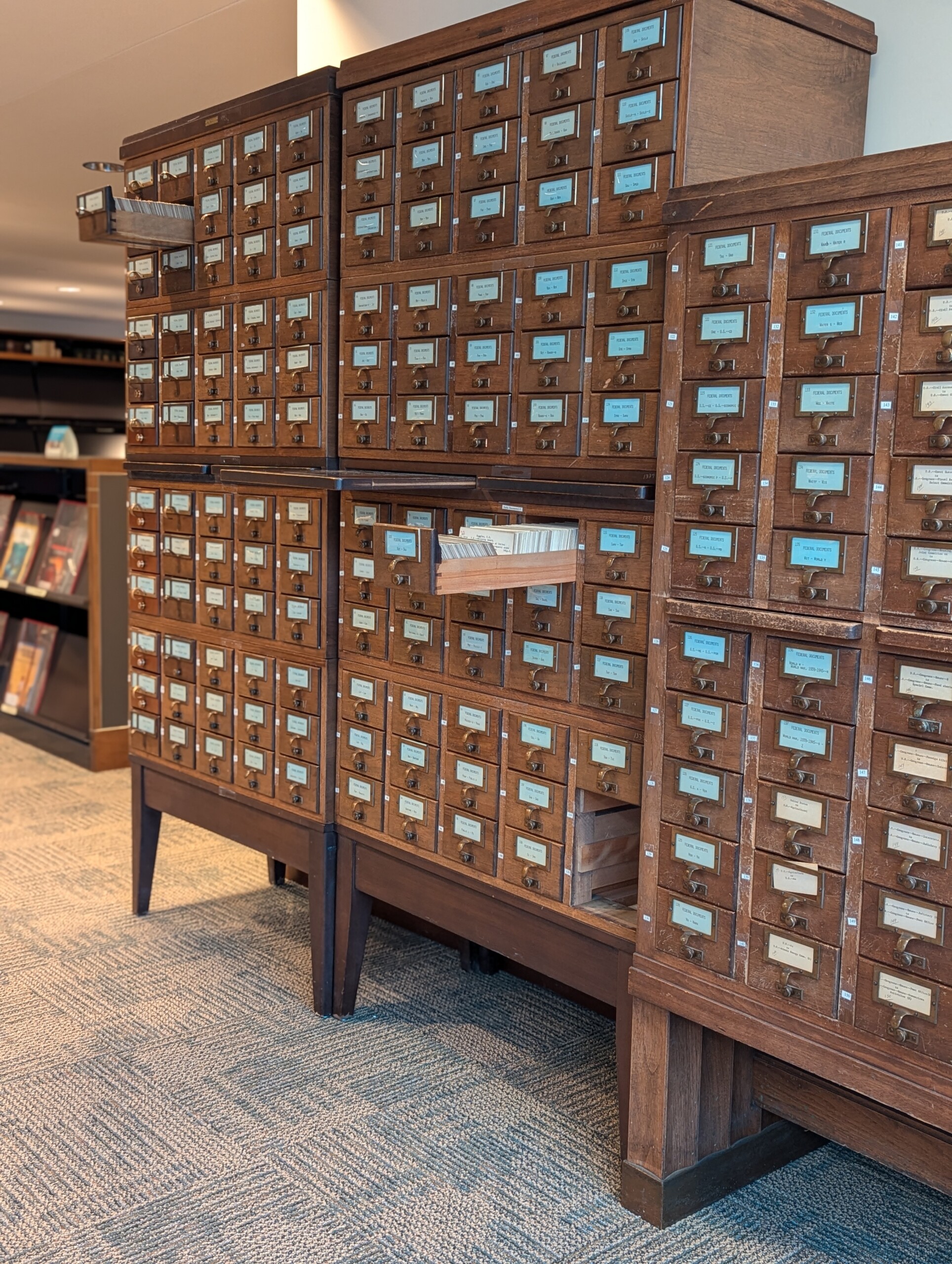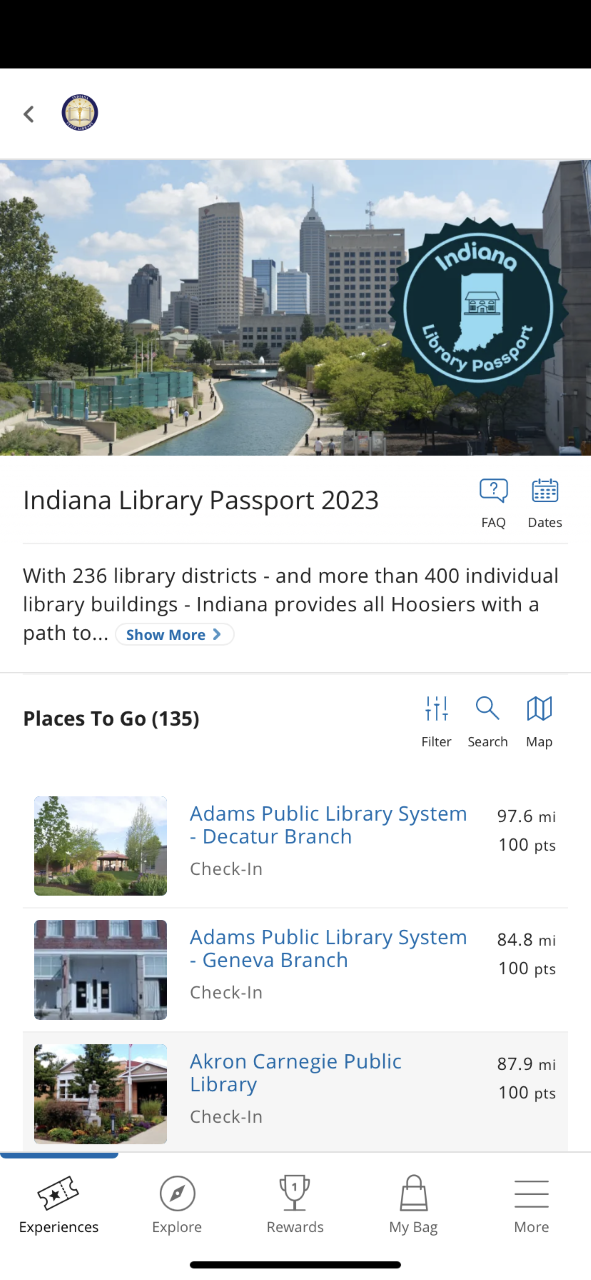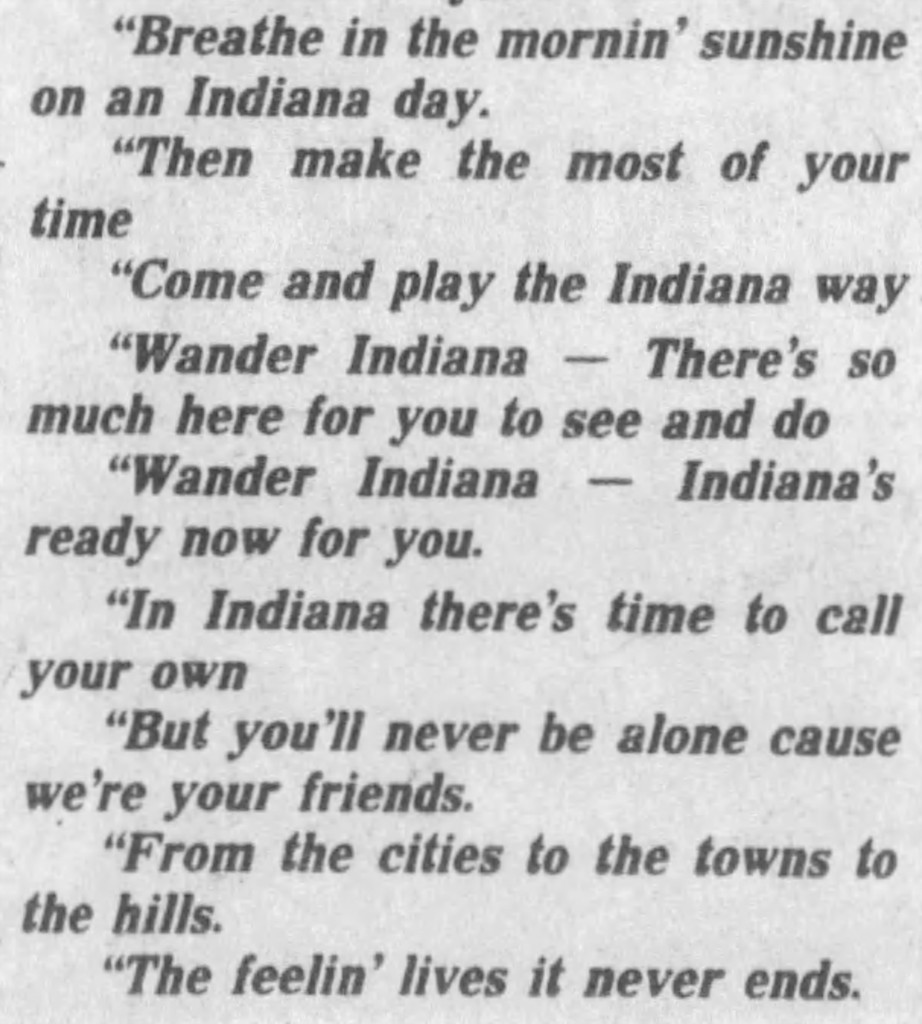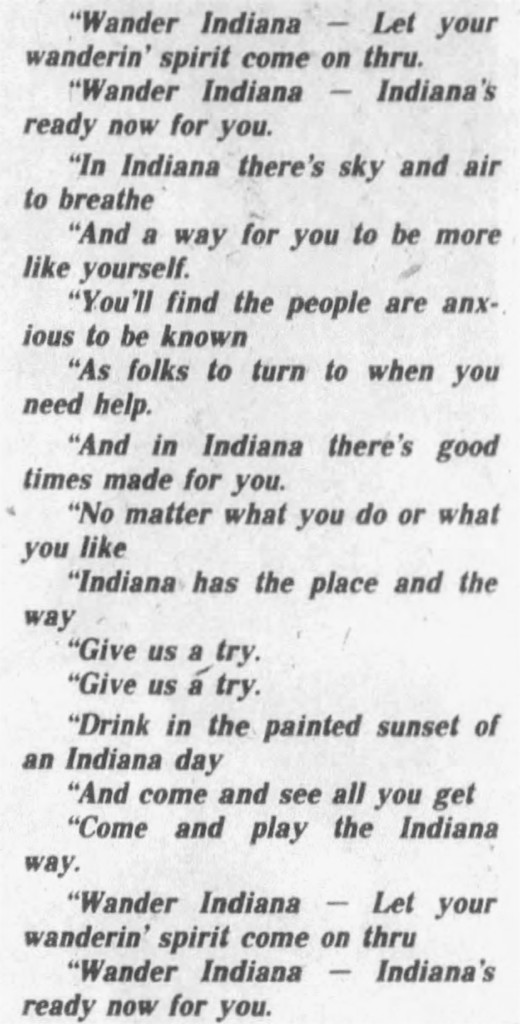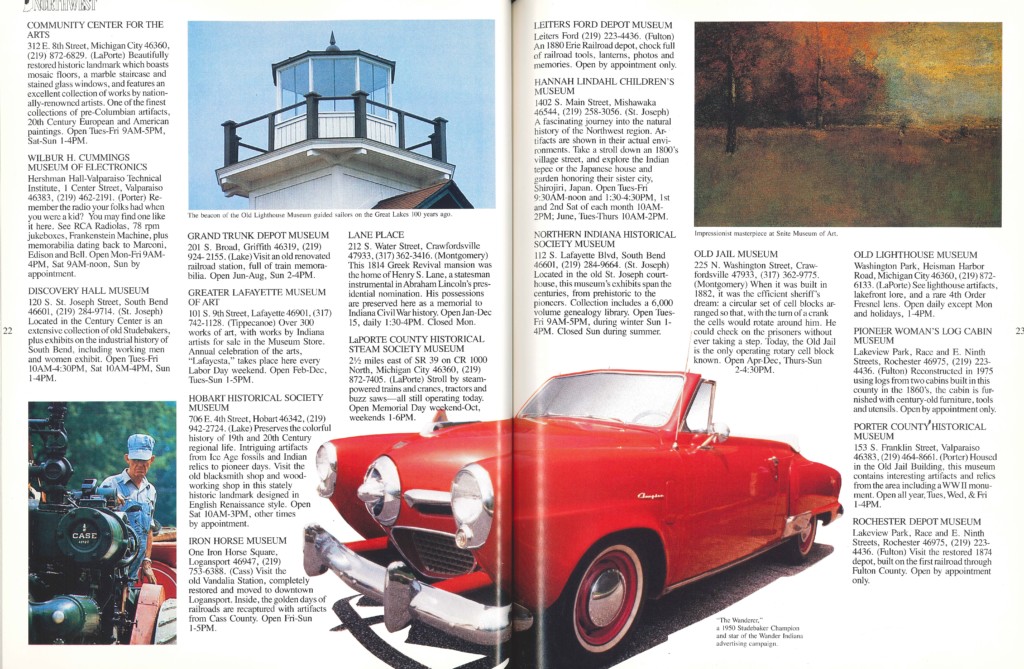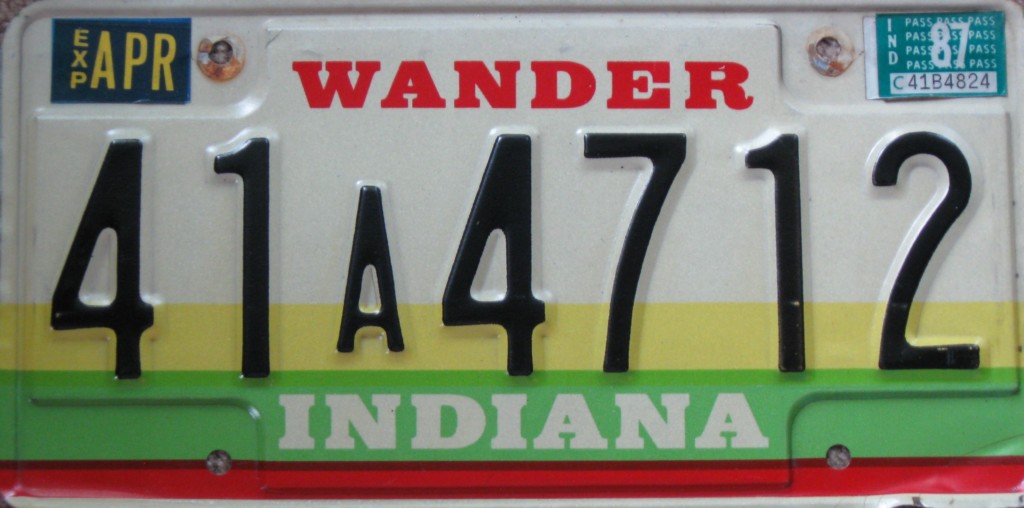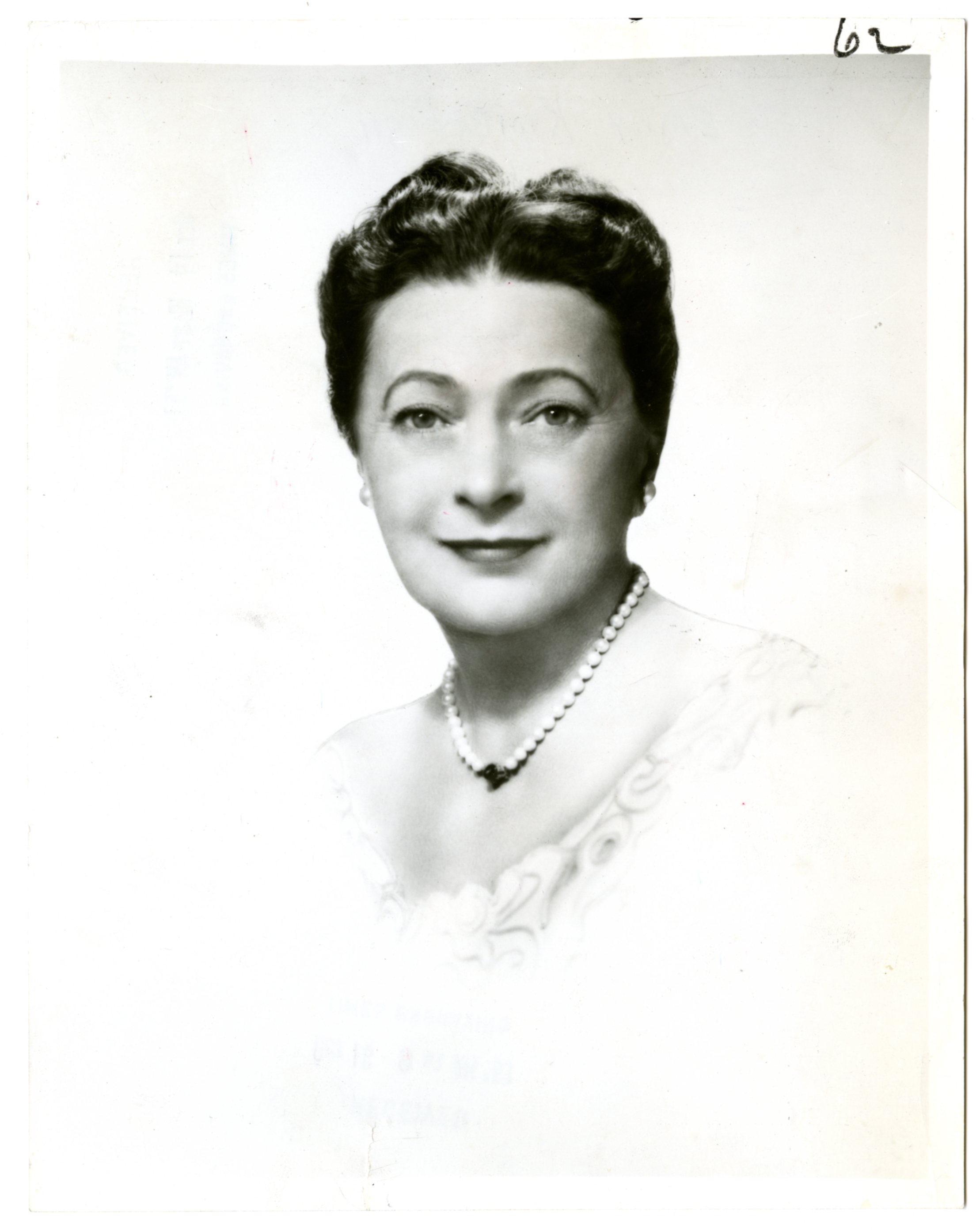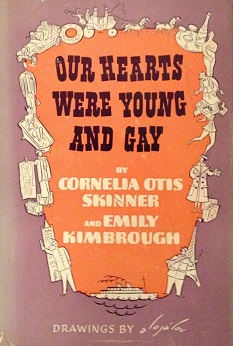“Patience is the companion of wisdom” – St. Augustine
The Indiana State Library has been collecting federal documents for well over a century, some dating back to the early days of the republic.
All material collected by the state library and published by the Government Printing Office before 1966 is housed on the library’s third floor in what is referred to as the P.D. – or Public Documents – Room.
The shelves are crammed with every kind of document concerned with every sort of query – from polar expeditions that surveyed the heavens to explorations that documented fauna in Asia.
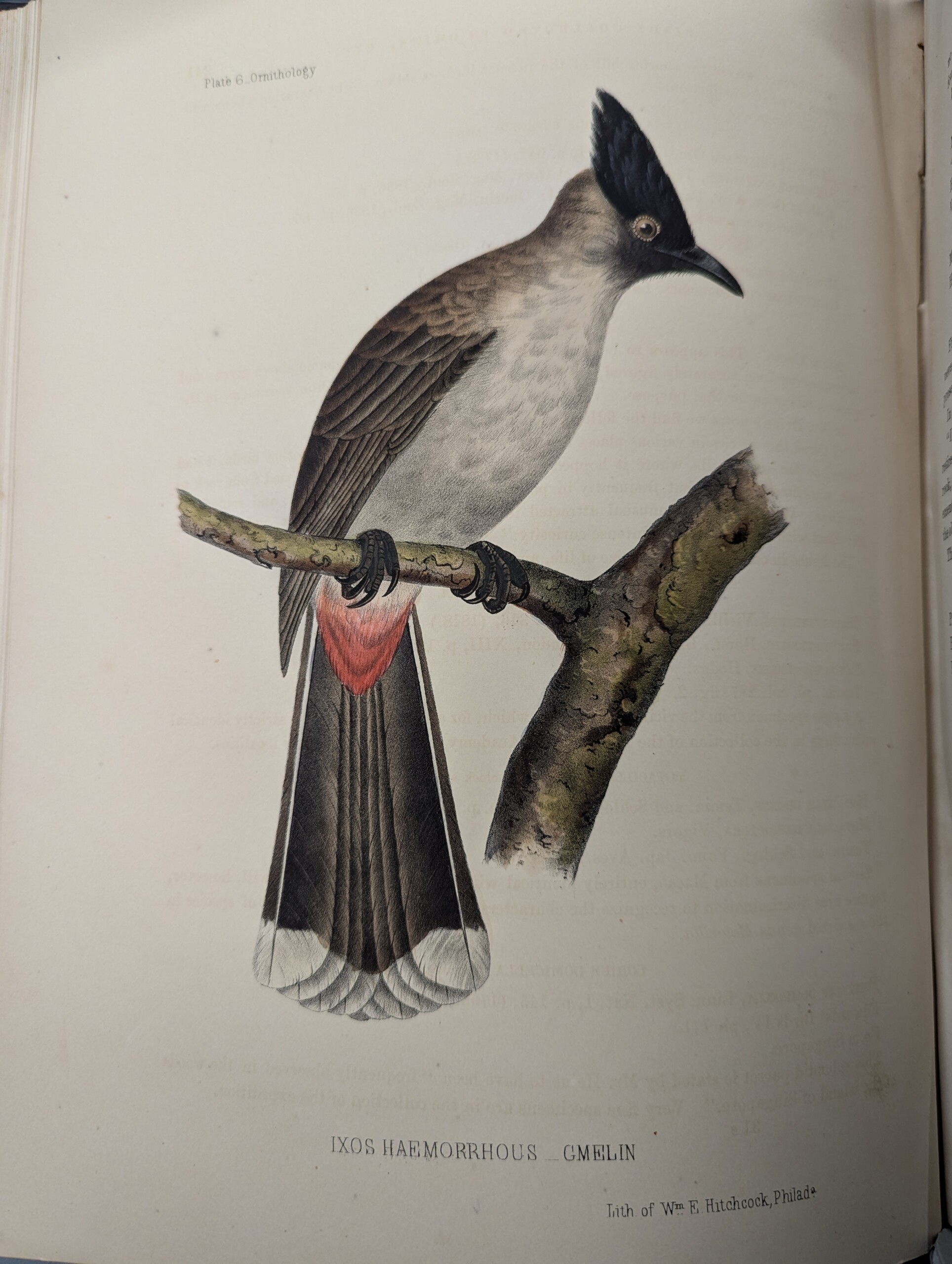 Papers relating to trade with foreign countries, treaties and diplomacy can be found side-by-side on the metal shelves along with state department-issued pocket travel guides.
Papers relating to trade with foreign countries, treaties and diplomacy can be found side-by-side on the metal shelves along with state department-issued pocket travel guides.
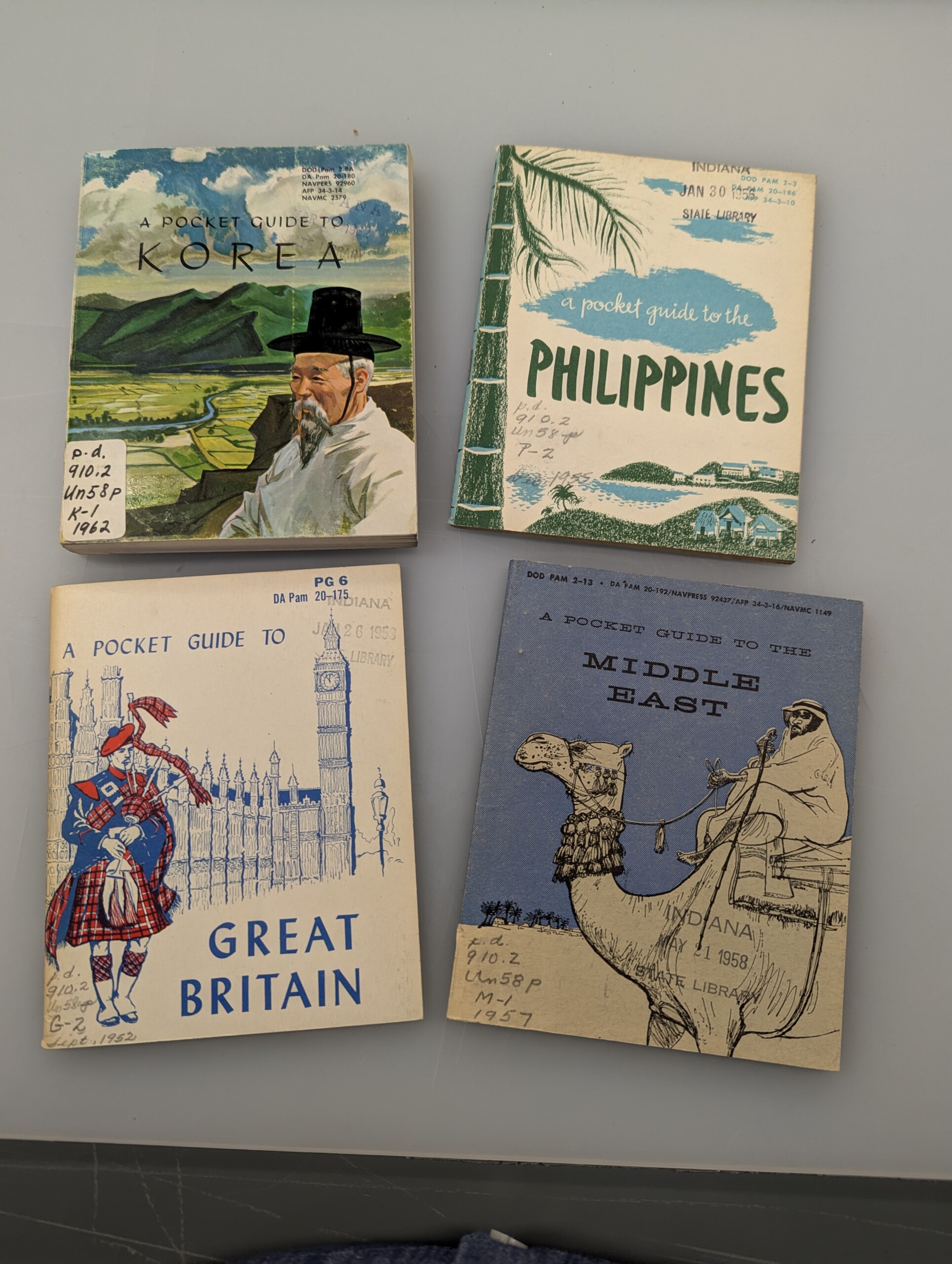 At first glance, so unwieldy a collection may discourage the Hoosier enthusiast, but if one is willing to burrow (imagine the ground hog), there are discoveries aplenty. Congressional hearings, bland in appearance and recorded on thin white paper, capture the thousands of voices of those called before congress.
At first glance, so unwieldy a collection may discourage the Hoosier enthusiast, but if one is willing to burrow (imagine the ground hog), there are discoveries aplenty. Congressional hearings, bland in appearance and recorded on thin white paper, capture the thousands of voices of those called before congress.
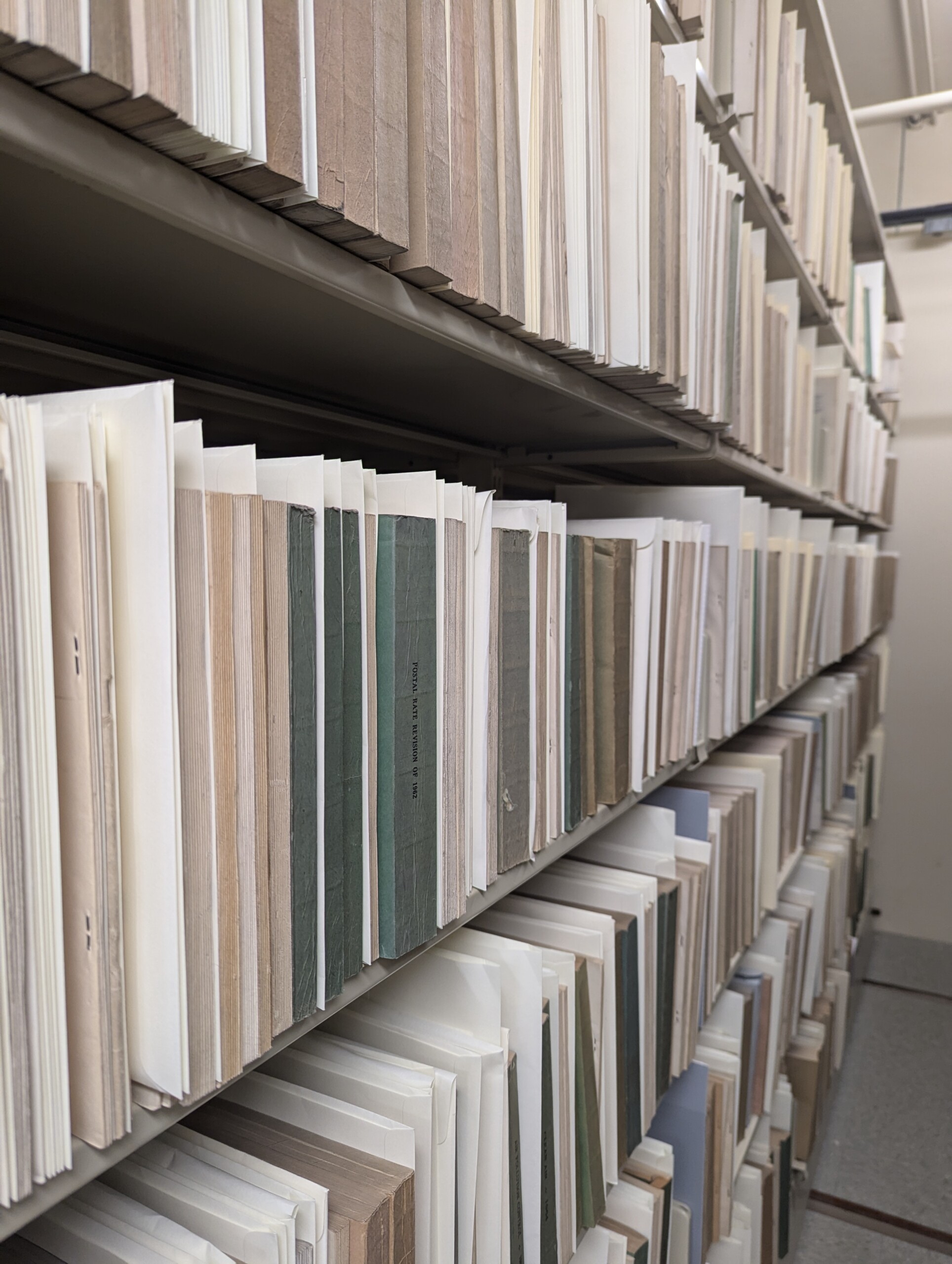 The Coast and Lighthouse Reports record buoys and stations on domestic bodies of water, including Lake Michigan. Soil surveys contain thoughtful county essays on farming, equipment, architecture, labor, and, well, soil conditions. Cattle, sheep and horse diseases are well chronicled, as are the travails of the railroad industry in the United States, from the metal used to lay tracks to the working conditions of the men who did it.
The Coast and Lighthouse Reports record buoys and stations on domestic bodies of water, including Lake Michigan. Soil surveys contain thoughtful county essays on farming, equipment, architecture, labor, and, well, soil conditions. Cattle, sheep and horse diseases are well chronicled, as are the travails of the railroad industry in the United States, from the metal used to lay tracks to the working conditions of the men who did it.
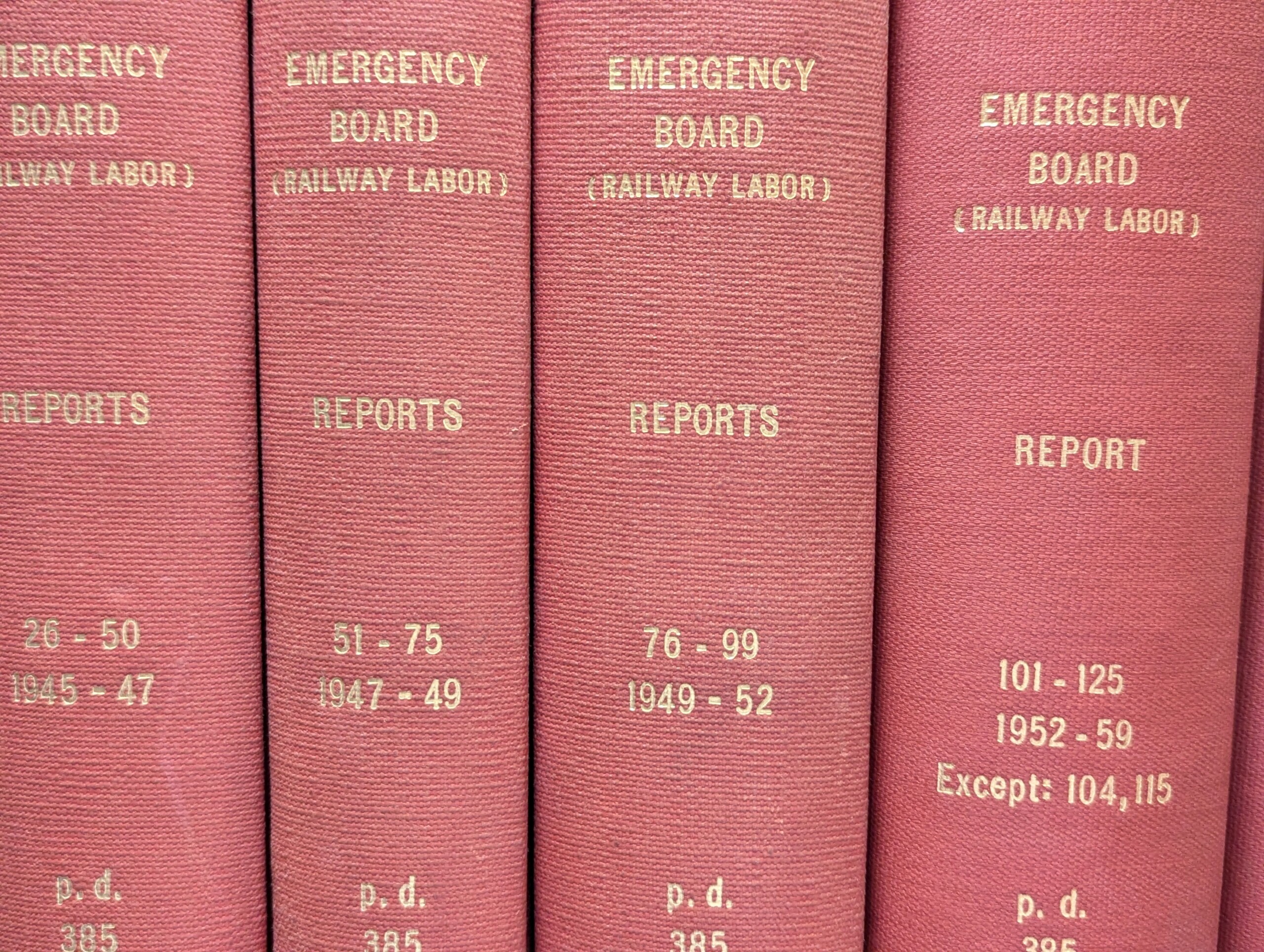 Is the family lore correct? Did Indiana experience one of its hottest summers in 1947? Climatological summaries of the state provide the answer, as do yearbooks compiled by the Department of Agriculture.
Is the family lore correct? Did Indiana experience one of its hottest summers in 1947? Climatological summaries of the state provide the answer, as do yearbooks compiled by the Department of Agriculture.
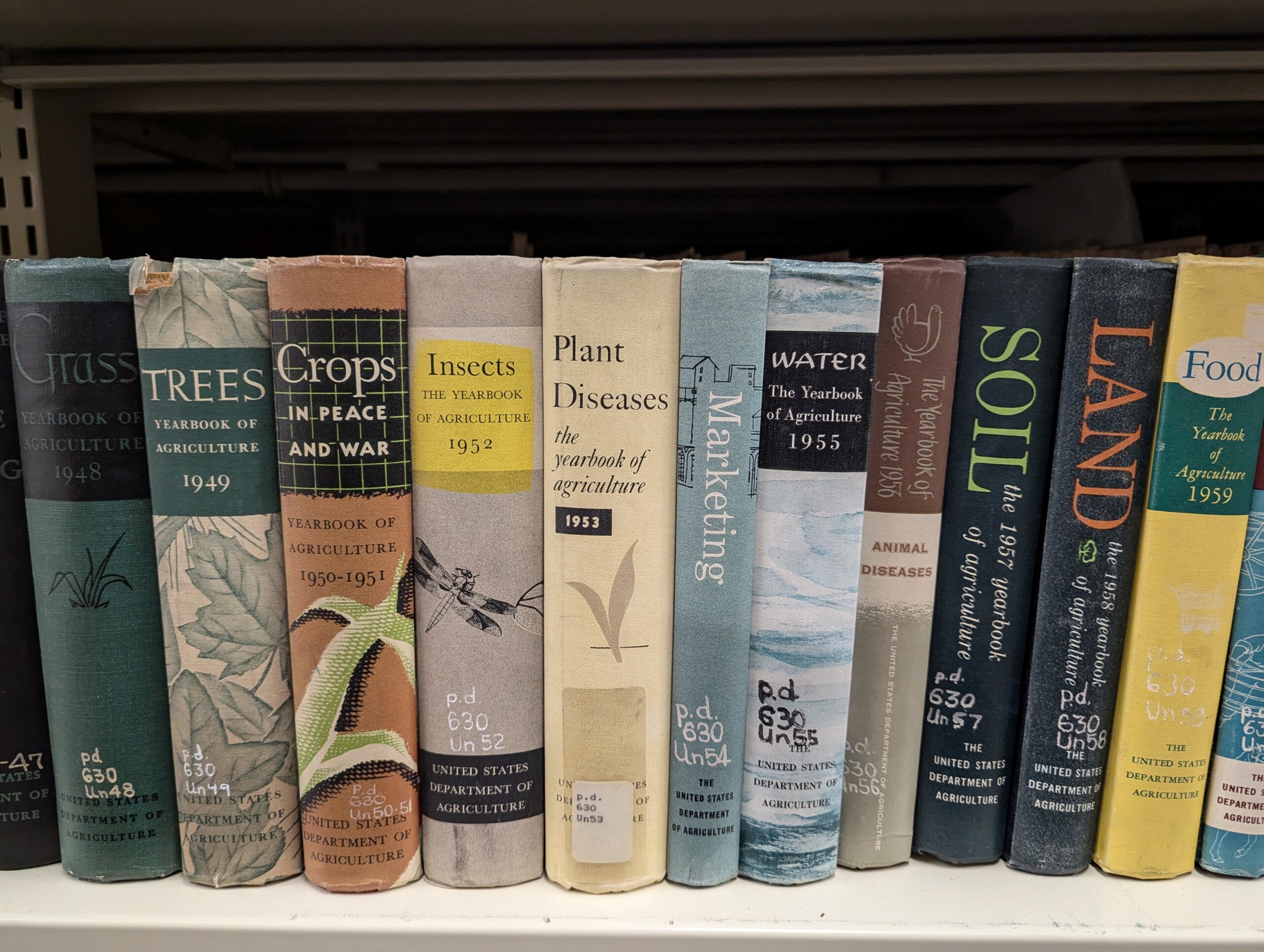 Maybe Grandpa Fisher really did thread the Rajah through the choppy waters of Westport, Massachusetts, in 1851, hands clasped behind back, headed to the southern seas in pursuit of whales. Find out by consulting “Whaling Masters Voyages, 1731-1925,” which lists ships, captains and ports.
Maybe Grandpa Fisher really did thread the Rajah through the choppy waters of Westport, Massachusetts, in 1851, hands clasped behind back, headed to the southern seas in pursuit of whales. Find out by consulting “Whaling Masters Voyages, 1731-1925,” which lists ships, captains and ports.
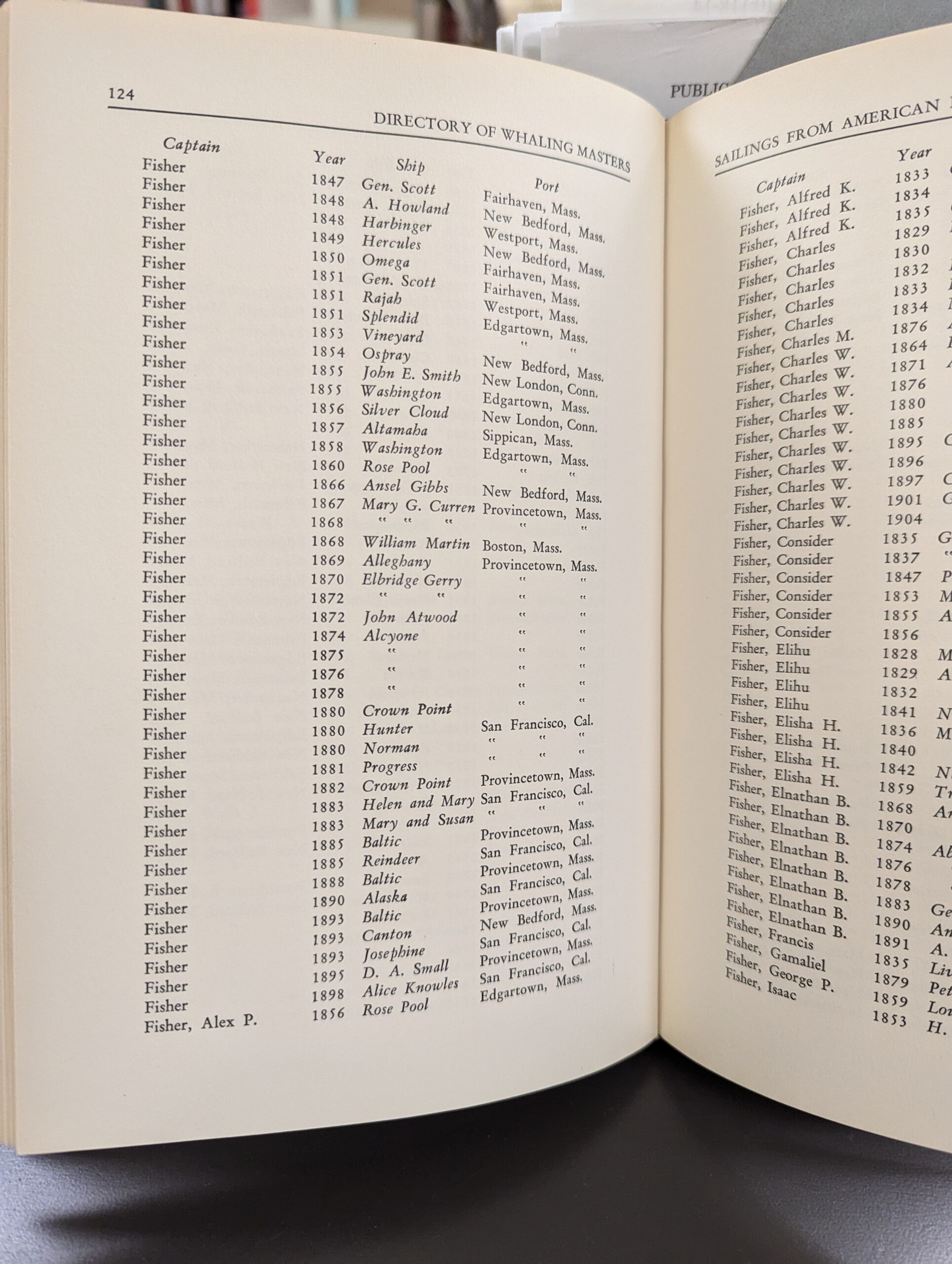 Home to hundreds of thousands of documents, reports, papers, plates, graphs and census material, no mere introduction can do the P.D. Room justice.
Home to hundreds of thousands of documents, reports, papers, plates, graphs and census material, no mere introduction can do the P.D. Room justice.
So, visit the card catalog on the second floor of the Indiana State Library – which houses information on the P.D. Room holdings – and delve into a hidden world.
This blog post was written by Kate Mcginn, reference librarian, Indiana State Library.


